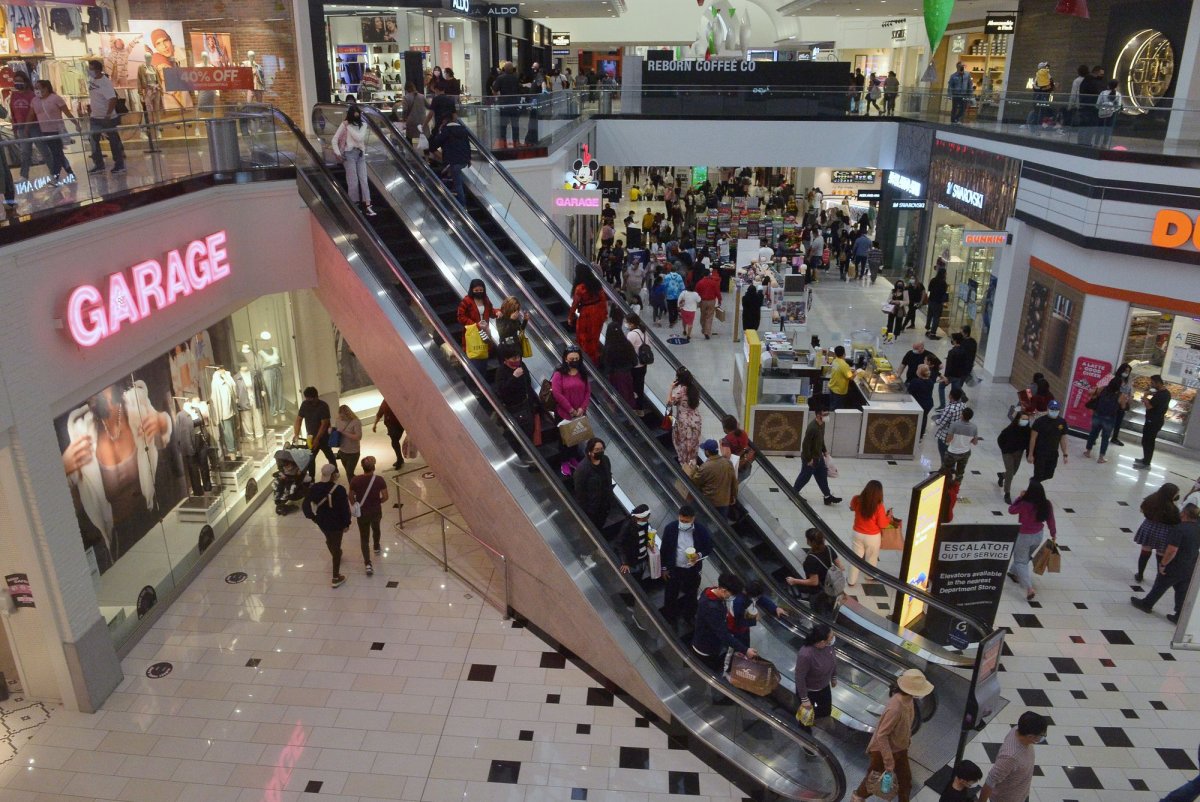October 27 (UPI) — Despite continued economic pressures created by the COVID-19 pandemic, holiday retail sales are expected to set a new record, rising up to 10.5% from a year ago, the National Retail Federation said Wednesday.
The NRF, the world’s largest retail association, said retail sales in November and December this year would increase between 8.5% and 10.5% compared to 2020 sales in the same months. . This represents between 843.4 and 859 billion dollars in sales for the last two months of the year.
The NRF does not include auto, gas and restaurant sales in its holiday forecast.
“There is tremendous momentum heading into the holiday shopping season,” said NRF President and CEO Matthew Shay. “Consumers are in a very strong position heading into the final months of the year as incomes rise and household balance sheets are stronger than ever. Retailers are making significant investments in their supply chains and spending a lot to make sure they have products on their shelves to meet this time of exceptional consumer demand.”
Last year, it grew 8.2% from 2019, to $777.3 billion in revenue, which also set a record despite fears the pandemic could hurt retailers . Over the past five years, there has been an average increase of 4.4%.
As in 2020, the NRF expects online and other non-store sales to see an increase among pandemic shoppers who may still be wary of crowded stores. These sales are expected to increase between 11% and 15% over 2020, for a total of between $218.3 billion and $226.2 billion in sales.
The NRF said that while e-commerce will remain important these years, more shoppers are expected to return to in-person shopping this year. American households may seek to return to a more traditional holiday shopping experience as household incomes and wealth rise.
“The outlook for the holiday season is looking very bright,” said NRF chief economist Jack Kleinhenz. “The unusual and beneficial position we find ourselves in is that households have increased spending vigorously for most of 2021 and retain sufficient purchasing power for the holidays.”
“Pandemic-related supply chain disruptions have caused commodity shortages and most of the inflationary pressure this year,” Kleinhenz said. “With the prospect of consumers looking to shop early, inventory could be drawn down sooner and shortages could develop in the final weeks of the shopping season. However, if retailers can keep merchandise on shelves and merchandise arrives before Christmas, it could be a great holiday season.”
The current seven-day rolling average of cases (77,000) is roughly comparable to last year (70,000), but while the end of 2020 was up in cases, the United States is currently falling from a late summer peak of around 161,000 daily cases, according to the Centers for Disease Control and Prevention.
However, a delayed increase in cases over the next two months could derail holiday spending, Kleinhenz said.

